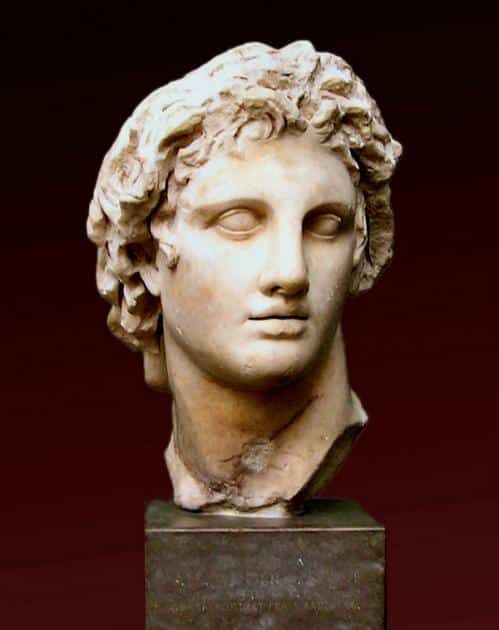Greek Archaeologists are waiting with bated breath over a skeleton found in a mysterious and richly-decorated tomb from the time of Alexander the Great – might solve the riddle of who ancient Greece’s biggest burial mound was built for. Having dug their way past huge decapitated sphinxes, and broken through a wall guarded by two caryatids; they then excavated an antechamber decorated with stunning mosaics. Now experts have finally found the body it was all built for, the Greek culture ministry said Wednesday.
The skeleton was found scattered around a wooden coffin in the third room of the vast mound near Amphipolis in northern Greece. The ministry has said that the remains were clearly those of “a powerful personality, which can be seen from this unique tomb”. Speculation is now rife that it could be that of Roxana, Alexander’s Persian wife, his mother Olympias, or one of his generals. The skeleton will now be studied by researchers according to the ministry.
The archaeologist in charge of the dig, Katerina Peristeri, is to reveal her highly anticipated findings in two press conferences on November 22nd and 29th.
The main question being posed by a fascinated Greek public, which has been following the dig daily, is do the bones belong to a major historical figure? The tomb’s near-intact sculptures and incredible mosaics have been a rousing reminder to Greeks of past glories with the country today mired in economic hardship.
With a monumental scale of half a kilometre in circumference, and the quality of the mosaics of a man driving a chariot and the abduction of Persephone by Pluto – have fueled theories that the tomb was built for a very high-status individual. This consensus appeared to be confirmed Wednesday when authorities revealed that the tomb “used more marble than any other public building in ancient Macedonia”. “The extraordinary cost of the tombs construction means it is unlikely to have been built to bury a private individual,” the ministry said in a statement to the press.
Historian Miltiade Hatzopoulos, a specialist on the period, told AFP that all this suggested the tomb contained a member of the Macedonia’s famously fratricidal royal family. The dynasty, which reached its zenith under Alexander (356-323 BC), was incredibly wealthy, but with wealth came plotting, power-struggles and assassinations amongst the clan. Hatzopoulos stated: “We don’t know where lots of the men in this family have been buried” – who doubts that the Macedonians would have made the same effort for a woman; therefore whoever the massive fourth-century BC structure holds, Hatzopoulos along with fellow historians think it is highly unlikely to be Alexander himself.
Alexander conquered the Persian empire and much of the known world before his death at the age of 32. He is then said to have been buried in Alexandria in Egypt, the city he founded; yet no grave has ever been found. But the identity of the Greek tomb’s occupant is not the only mystery surrounding the existence of the tomb.
There is also a question raging between archaeologists: “Why has this funerary monument, whose size makes it unique in the Hellenistic world, not been mentioned in any historical document?” What the team of archaeologists havediscovered has left more than one expert perplexed. “An entrance crowned with a sphinx, sculptures like the caryatids, or the mosaics: we haven’t seen this in a tomb before,” said Alexandre Farnoux, director of the French Archaeological School of Athens.
The odd fact of the bomes being deliberately scattered, and smashing of some of the objects inside the tomb also raises questions. “Beyond the identity of the occupant, the real power of Amphipolis is to challenge the cliches of Greek art and to prove its capacity to produce the unexpected,” said Farnoux.
For the first time in six years of the country’s economic meltdown; it seems that arguments between historians rather than economists are in fact dominating the press in Greece.


